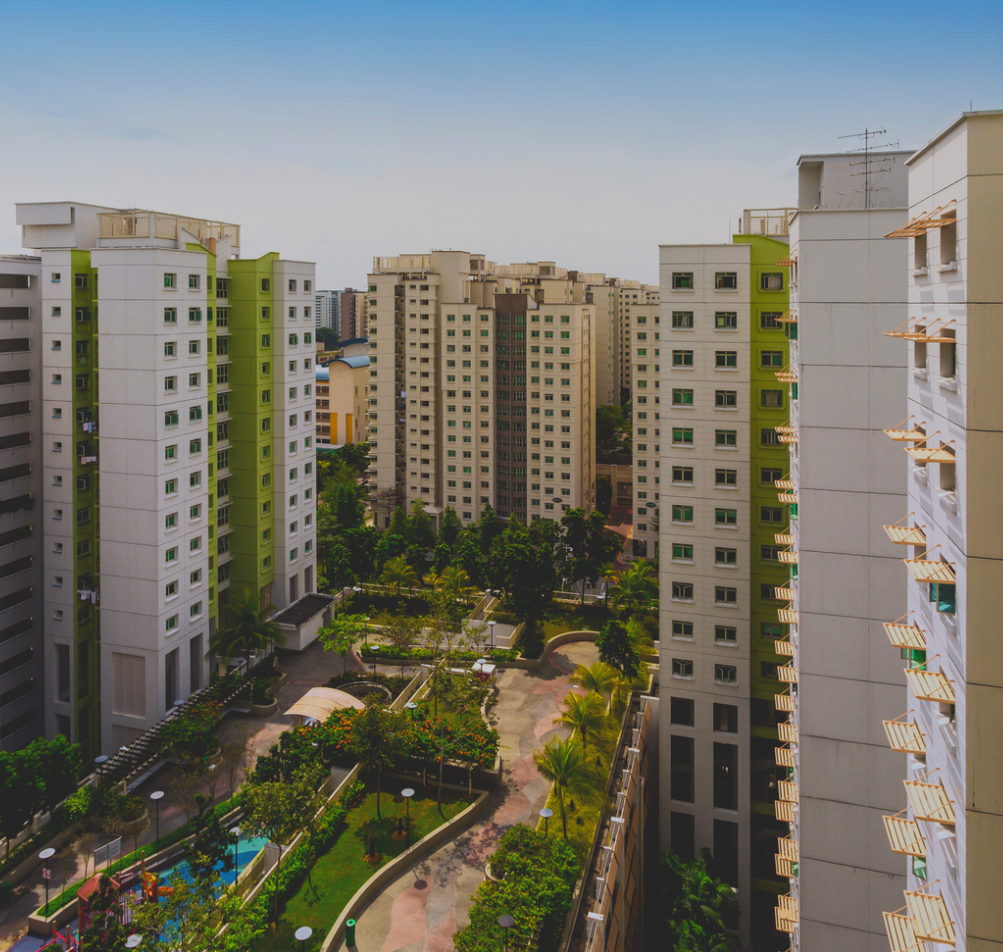The Benefits of Mixed-Use Developments for Urban Renewal
https://buymeacoffee.com/kaysogy/the-benefits-mixed-use-developments-urban-renewal
 Mixed-use developments are gaining momentum as a key strategy for urban renewal, offering a sustainable and efficient way to revitalize cities. These developments integrate residential, commercial, and recreational spaces, creating vibrant, walkable communities that benefit residents, businesses, and the overall urban fabric. In this article, we will explore the many advantages of mixed-use developments and why they are pivotal to modern urban renewal projects.
Mixed-use developments are gaining momentum as a key strategy for urban renewal, offering a sustainable and efficient way to revitalize cities. These developments integrate residential, commercial, and recreational spaces, creating vibrant, walkable communities that benefit residents, businesses, and the overall urban fabric. In this article, we will explore the many advantages of mixed-use developments and why they are pivotal to modern urban renewal projects.
1. Enhancing Property Value: One of the major benefits of mixed-use developments is the potential to increase property values in surrounding areas. By introducing commercial spaces, residential units, and amenities close, developers can create a more desirable environment for both property owners and investors. The convenience and access to services can make these areas more attractive, leading to higher property appreciation over time.
2. Fostering Walkability: Mixed-use developments promote walkability, which has become an essential factor in urban real estate. When commercial spaces, restaurants, parks, and residential units are located within walking distance, it reduces the need for long commutes and encourages healthier lifestyles. Walkability also fosters stronger social interactions, creating a sense of community within urban settings. For developers and investors, high walkability scores can be a major selling point.
3. Reducing Urban Sprawl: Urban sprawl, characterized by the expansion of cities into surrounding rural areas, leads to increased traffic congestion, loss of green spaces, and higher infrastructure costs. Mixed-use developments combat urban sprawl by making better use of existing land within city boundaries. These developments encourage densification, making urban areas more efficient and reducing the need for outward expansion.
4. Encouraging Sustainability: Mixed-use developments are inherently more sustainable than traditional single-use zoning. By combining residential and commercial spaces, these projects minimize the environmental footprint. Residents can walk or bike to work, shops, and entertainment venues, reducing their dependence on cars and lowering carbon emissions. Many mixed-use developments also prioritize green building practices, energy-efficient designs, and smart technologies to further reduce their environmental impact.
5. Boosting Local Economies: Mixed-use developments can stimulate local economies by attracting businesses, retailers, and entrepreneurs. With more foot traffic generated from residents and visitors, local shops and restaurants flourish. These developments create job opportunities and draw tourists, contributing to economic growth in urban areas. This economic activity can, in turn, lead to increased demand for real estate and boost the local housing market.
6. Improving Quality of Life: Urban renewal efforts through mixed-use developments are designed to improve the quality of life for residents. With access to amenities such as parks, cafes, fitness centers, and retail outlets, people enjoy a more balanced and fulfilling lifestyle. Moreover, these projects often incorporate green spaces and public areas that encourage outdoor activities, fostering a healthier and more active community.
7. Efficient Use of Public Infrastructure: When urban areas are designed to accommodate mixed-use developments, there is a more efficient use of public infrastructure such as transportation, utilities, and public services. Instead of spreading infrastructure thin across suburban sprawl, mixed-use developments concentrate usage in a smaller area, making it more cost-effective to maintain. Public transportation systems also thrive in such environments, as higher-density populations support them.
8. Creating Vibrant Communities: Mixed-use developments help create vibrant communities by blending different types of spaces into one cohesive area. A combination of residential, commercial, and public spaces encourages diverse groups of people to come together, fostering a sense of belonging and identity. This blending of functions promotes social interaction, enhances public safety, and strengthens the cultural fabric of neighborhoods.
9. Flexibility in Development: Mixed-use projects offer greater flexibility for real estate investors and developers. Rather than relying on a single market segment, such as residential or commercial, these projects diversify revenue streams by tapping into multiple markets. The flexibility to adjust spaces based on demand—whether it’s increasing retail, office, or residential units—can lead to more resilient and successful developments over the long term.
10. Revitalizing Underused Areas: Many cities are now turning to mixed-use developments to revitalize underused or neglected urban areas. By transforming vacant lots, old industrial zones, or underutilized spaces into thriving hubs of activity, these projects breathe new life into communities. This revitalization can also reduce crime rates, increase safety, and foster a stronger local identity.
Conclusion: Mixed-use developments are a powerful solution for urban renewal, offering a range of benefits from increased property values to enhanced sustainability and quality of life. They create dynamic, walkable communities that can adapt to the changing needs of urban populations. As cities continue to grow and evolve, mixed-use developments will play a vital role in shaping the future of urban real estate. By incorporating these principles, urban planners, developers, and investors can contribute to a more vibrant, sustainable, and economically viable urban environment.
Comments
Post a Comment